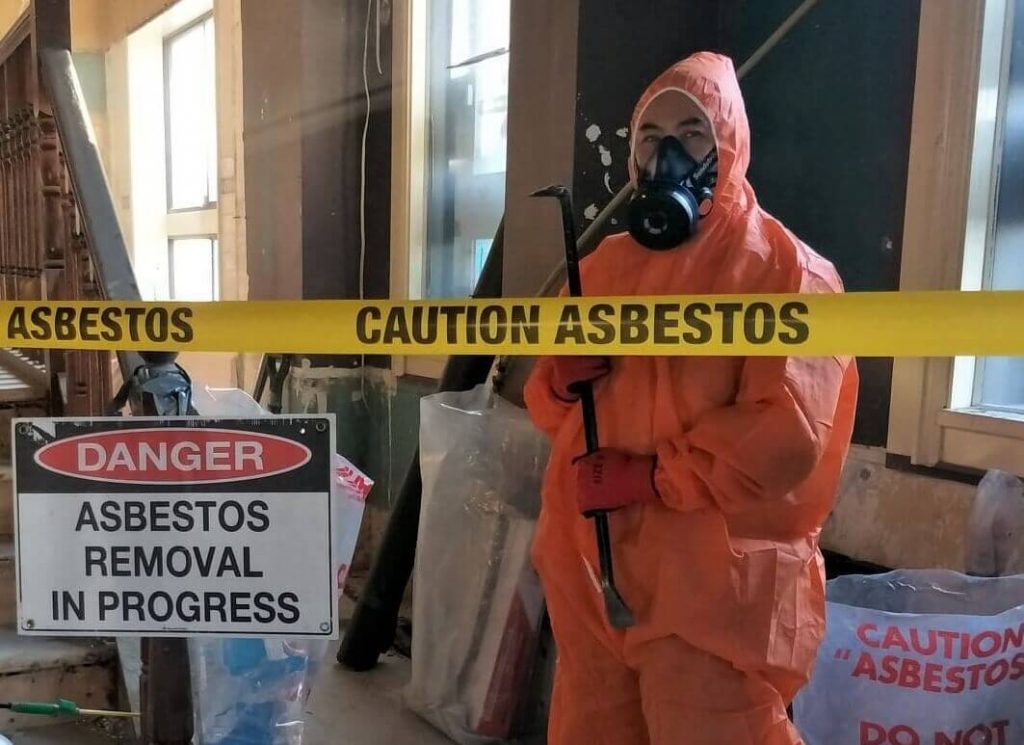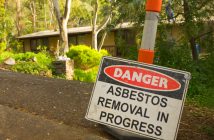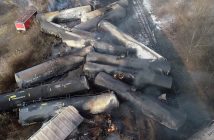On the back of Asbestos Awareness Week, three organisations are calling on businesses and tradies to do better

WorkSafe, the New Zealand Demolition & Asbestos Association (NZDAA) and the Faculty of Asbestos Management of Australia and New Zealand (FAMANZ) have come together to encourage better asbestos management.
“It’s our number one work-related killer, with around 220 people dying each year from preventable asbestos-related disease,” says WorkSafe Chief Executive Phil Parkes.
“What we’re seeing today is the legacy of past exposure to asbestos, often while at work. But action must continue to prevent future illness and death through proper asbestos handling and management.”
When workers are required to work on asbestos-containing material they must be trained to do the work safely. This means understanding the risks involved and controls used to suppress or contain any asbestos-containing dust that is generated and how to dispose of asbestos waste safely so that others are not exposed to the dust.
“The dangers of asbestos exposure have been widely known for decades, and it’s important that businesses and tradies manage the risk appropriately. All workers have the right to be kept healthy and safe at work,” Mr Parkes.
“Lung diseases caused by asbestos, such as lung cancer, mesothelioma and asbestosis, have taken a dreadful toll robbing many of their health and time with their whānau. Businesses must manage the risks from asbestos to keep people healthy and safe.”
NZDAA President Helina Stil says the amount of work being carried out in the construction industry, combined with aging residential and commercial buildings, means it’s not a ‘yesterday problem’ – asbestos exposure continues to be a risk.
“The proliferation of asbestos-containing materials in houses, buildings and machinery until the 1990’s, combined with the fact these are progressively deteriorating and are approaching or have exceeded their design life, means there remains the potential for accidental exposure by workers, DIYers and others,” says Stil.
“Asbestos removalists are one part of the ecosystem, but it also begins with workers on any site knowing how to identify and manage asbestos. This includes homeowners, landlords and property managers as well. Asbestos should be identified and appropriately addressed in similar fashion as a business would any other health and safety risk.”
FAMANZ is calling on businesses who need to remove asbestos to make sure they’re using quality professionals who belong to an industry body.
“Unsafe levels of asbestos exposure are happening every day because of poor work practices, insufficient identification of hazards prior to works, and a blatant disrespect for health and safety,” says FAMANZ Director Bridgette Jennings.
“Cost is cited as being more important than quality in the eyes of businesses when choosing qualified people to survey, remove, and assess asbestos. This attitude of price over competence needs to change. Quality must come first to ensure all reasonably practical steps are taken to protect people now and prevent more deaths in the future.”







